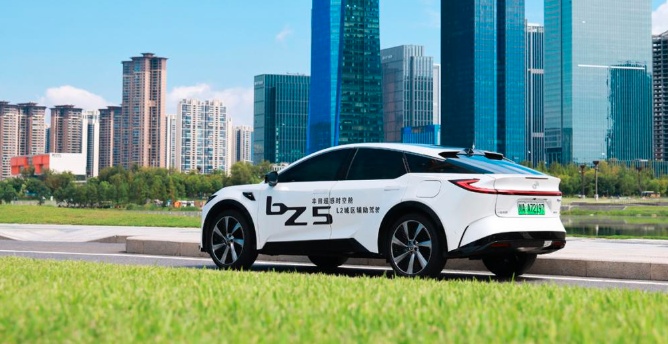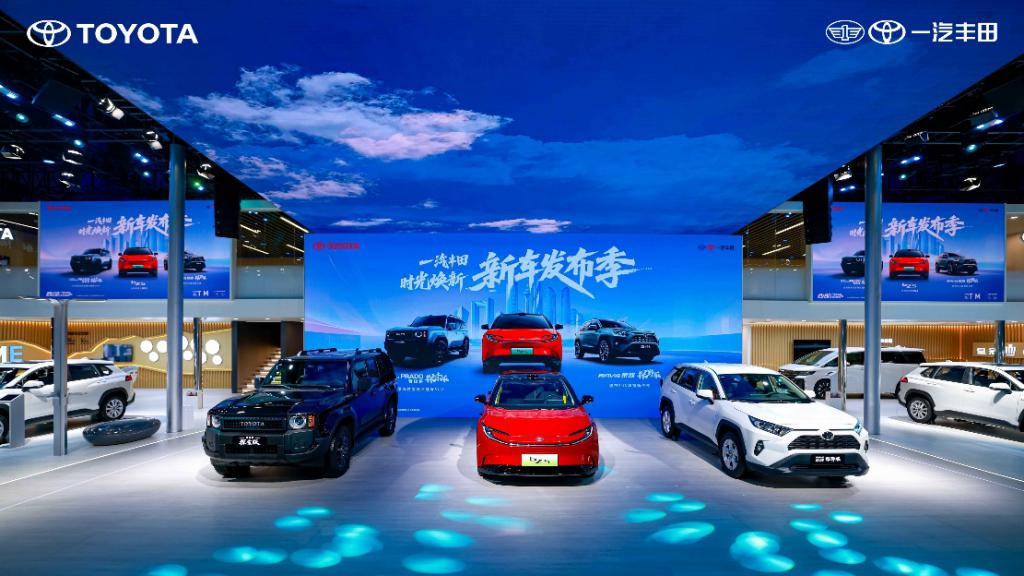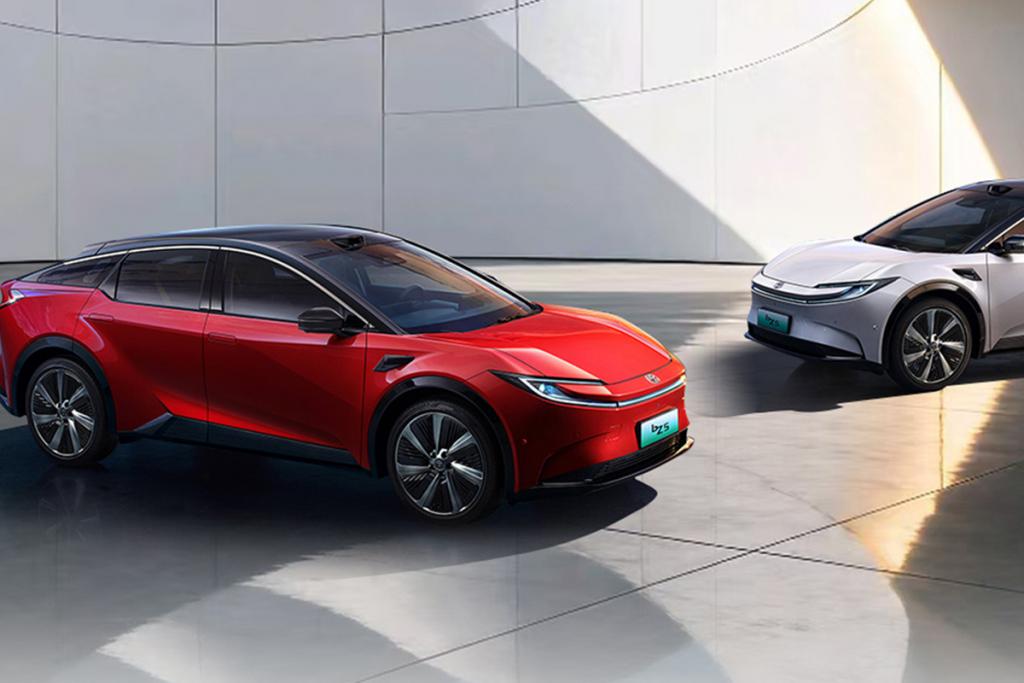Toyota Tests Channel Integration in China with Dual-Brand Model Sales at Single Store in Single City
Recently, Toyota China has made new adjustments to its channel integration. In some "single city, single store" regions, such as a city with only one Toyota joint venture 4S shop, the store has been authorized to sell the full range of models from both GAC Toyota and FAW Toyota.
An insider from a Toyota joint venture revealed that in some cities, there is either a GAC Toyota or a FAW Toyota 4S store, which prevents owners of the other Toyota joint venture brand from enjoying after-sales service. This initiative aims to address the service gap in certain cities and is being promoted by Toyota China. It began implementation in July and August and is currently being piloted in about 10 cities.

An insider from FAW Toyota told Auto-First, "There may be a few dealerships doing trial operations regarding this news, but it is currently uncertain whether this is an official action or the behavior of the dealerships."
In this adjustment, Toyota China stated that retaining only one Toyota joint venture 4S store in a city is not only to provide better service to consumers but also to consider efficiency and environmental protection. "Currently, this is just an experiment."
As early as January this year, there were rumors about the business integration of FAW Toyota and GAC Toyota. In January, there were reports that Toyota plans to optimize its "twin model" strategy in the China region.
The so-called "twin models" refer to two models developed on the same platform, such as the FAW Toyota Corolla and GAC Toyota Levin, and the FAW Toyota Avalon and GAC Toyota Camry. Some "twin models" will be merged, and in the future, only one may be retained to reduce internal competition and resource waste. FAW Toyota has denied this news, stating that there are currently no such plans.

In the context of increasingly fierce market competition and the rapid development of new energy vehicles, Toyota's initiative to enhance its competitiveness in the Chinese market through channel integration is certainly plausible. From the establishment of a Lexus factory in Shanghai to the localization of the supply chain and the promotion of electric product layout, various measures indicate that Toyota is continuously making strategic adjustments to respond to market competition.
Coincidentally, Ford China announced on September 23 that its new wholly-owned subsidiary, Ford Sales & Service Company, has been established and will officially begin operations on October 1.

After the integration is completed, the new company will enable resource sharing between the original sales networks of JMC Ford and Changan Ford. The vehicle products of the two joint ventures will be marketed, sold, and serviced within the same channel.
Not only that, domestic automobile brands such as Lynk & Co and Zeekr have established Zeekr Technology Group to share channel resources and after-sales service systems in third and fourth-tier cities, enhancing the layout of market product lines.
In the context of generally sluggish sales among joint venture car companies, Toyota China has been continuously adjusting and strategizing in the new energy market. Now, with further channel integration, it will help Toyota China enhance its market competitiveness.

In the first half of the year, Toyota China experienced a trend. From January to August, Toyota China's sales reached 982,500 vehicles, a year-on-year increase of 18.5%. Among them, FAW Toyota sold 515,900 vehicles, a year-on-year increase of 11%; GAC Toyota sold 466,600 vehicles, a year-on-year increase of 4.73%.
In August this year, FAW Toyota sold 70,100 new cars, a month-on-month increase of 103%. From regional marketing strategies to new product launches and user feedback activities, FAW Toyota has enhanced its market competitiveness through multi-dimensional measures.
Faced with market competition pressure, brands such as Lincoln, Porsche, and Zeekr have also made adjustments to their respective distribution channels. As brands like Toyota and Ford adjust their channels, on one hand, it can reduce operational costs, and on the other hand, it can expand sales. Through channel integration, before completing the electrification transition, Toyota benefits from channel mergers that help dealers reduce costs and increase efficiency, enhance their profitability, and thereby stabilize the market foundation.
【Copyright and Disclaimer】The above information is collected and organized by PlastMatch. The copyright belongs to the original author. This article is reprinted for the purpose of providing more information, and it does not imply that PlastMatch endorses the views expressed in the article or guarantees its accuracy. If there are any errors in the source attribution or if your legitimate rights have been infringed, please contact us, and we will promptly correct or remove the content. If other media, websites, or individuals use the aforementioned content, they must clearly indicate the original source and origin of the work and assume legal responsibility on their own.
Most Popular
-

Zf asia-pacific innovation day: Multiple Cutting-Edge Technologies Launch, Leading Intelligent Electric Mobility
-

Mexico officially imposes tariffs on 1,400 chinese products, with rates up to 50%
-

List Released! Mexico Announces 50% Tariff On 1,371 China Product Categories
-

Fire at Sinopec Quanzhou Petrochemical Company: 7 Injured
-

Argentina Terminates Anti-Dumping Duties on Chinese PVC Profiles! Kingfa Technology & Siemens Sign Digital and Low-Carbon Cooperation Agreement






